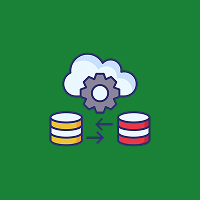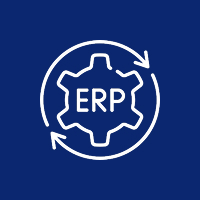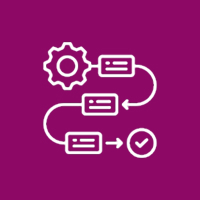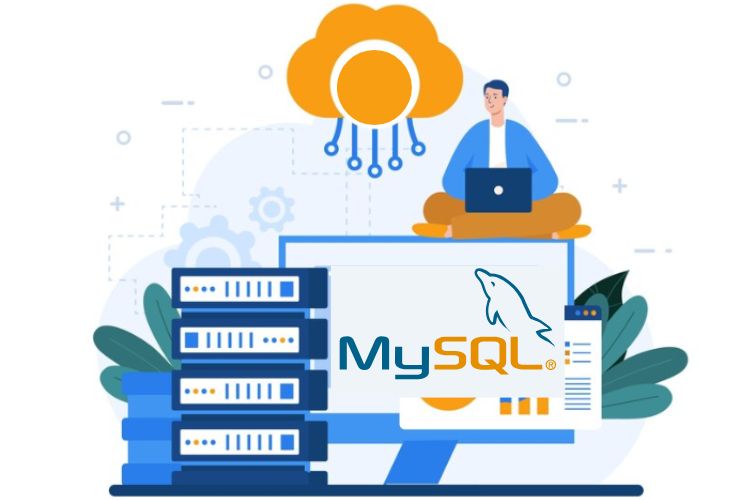Transitioning to the cloud isn’t just a nice-to-have; it’s a must-have for any enterprise looking to maximize scalability, agility, and digital transformation. Oracle Cloud Infrastructure (OCI) offers a reliable, secure, and scalable environment to host enterprise workloads, but to realize migration success, the enterprise must establish a plan, purpose, and approach to migration.
Migration to the cloud is way more than lifting and shifting workloads; it is an opportunity to rethink enterprise IT, configure spaces for innovation, and prepare for the long-term growth. In this blog, we are going to consider best practices to follow, key items to consider, and what advanced strategies will ensure a smooth, secure, and efficient Cloud migration to Oracle.
Why You Should Consider Migrating to Oracle Cloud
Oracle Cloud provides an enterprise with:
- Reduction in infrastructure costs, due to the elimination of on-premises IT infrastructure management and by optimizing resources provided with the cloud.
- Scalable compute, storage, and networking resource availability as needed, allowing for performance with workloads that fluctuate.
- The opportunity to provide advanced services delivered by Cloud, such as AI, analytics, and autonomous databases, to spur innovation.
- Improved security and compliance, with built-in governance and enterprise-grade security replicated in a global operation.
Migrating to Cloud without a migration strategy or roadmap can result in downtime, potential data loss, or increased operational expenses. Adopting best practices mitigates these risks, while potentially speeding the migration, realizing better ROI, and continuing business operations while migrating.
Key Best Practices for Migration to Oracle Cloud
1. Evaluate Your Current Environment
A firm understanding of your existing IT environment is the starting point for a successful migration:
- Identify workloads, dependencies, and integration points.
- Assess legacy applications for cloud readiness.
- Group workloads based on business criticality, complexity, and feasibility of migration. Conducting a comprehensive assessment will prioritize your workloads and outline a strategy that minimizes disruption to business.
2. Establish a Clear Migration Strategy
A well-defined migration strategy serves to ensure that your migration will meet the overall enterprise goals:
- Select the appropriate approach for each workload—lift-and-shift, replatform, or refactor based on complexity and what you want to achieve.
- Define timelines, budgets, and success factors to measure the pace of migration.
- Align the objectives of your migration with enterprise strategy, compliance, and IT governance.
A strategic approach will help mitigate risks, reduce downtime, prevent cost overruns, and optimize value of cloud adoption.
3. Take Advantage of Oracle Cloud Tools
Oracle has built an ecosystem of tools to make migration easier.
- Oracle Cloud Migration Services for automated discovery, assessment, and planning.
- OCI Data Transfer and Oracle Zero Downtime Migration (ZDM) assure a smooth migration with a minimal friction migration.
- Beyond migration, monitoring and analytics tools will alert you when workloads are not performing optimally or need attention.
These tools take some of the complexity out of migration and give enterprises the confidence to move.
4. Focus on Security and Compliance
Security is a primary consideration for cloud migration.
- Establish an identity and access management (IAM) policy to govern user access.
- Utilize encryption for both data at rest and in transit to protect sensitive material.
- Maintain compliance with regulations such as the General Data Protection Regulation (GDPR), the Health Insurance Portability and Accountability Act (HIPAA), the Service Organization Control (SOC), and others applicable to the industry.
By factoring security into the migration process from the start, enterprises reduce risk and build trust with their stakeholders.
5. Test and Verify
Testing extensively will help ensure that operational continuity is achieved.
- Evaluate the application, database, and integrations ahead of the migration process.
- Verify performance, functionality, and data integrity in a staging environment.
- Propose any issues as migration was not conducted in production yet.
Testing allows for the prevention of unexpected downtime and that business-critical applications operate as expected in the cloud.
6. Optimize for Cloud Performance
Optimization post-migration is about ensuring that an enterprise is maximizing the value proposition of OCI.
- Refactor the application to employ OCI-native services.
- Implement autoscaling, load balancing, and monitoring to dynamically manage workloads.
- Continuously optimize compute, storage, and network resources to minimize costs and improve efficiency.
The optimization process is all about performance tuning and or maintaining operational excellence in the cloud.
7. Train Teams and Manage Change
People and processes are as important as technology:
- Provide IT teams with Oracle Cloud training and certifications.
- Prepare business users to handle new workflows, new interface experiences, and new processes.
- Establish a process for managing change to minimize resistance and disruption.
- Training and change management will accelerate adoption and assure long-term success.
Emerging Techniques for Migration Best Practices
Use a Hybrid Cloud Model
Keep critical workloads on-premise but utilize Oracle Cloud for scalable applications to generate a balance between performance, cost, and security.
Automate and Use DevOps Tools
Utilize CI/CD pipelines and automated deployment tools to move applications and update quicker.
Be pro-active with Monitoring your Applications
Use Oracle Cloud Monitoring and Analytics to keep on top of performance by monitoring for anomaly detection and problem resolution.
Plan for a Zero Disruption Migration
Have strategies for disaster recovery, multi-region replication, and backup plans ready in the event of an outage during migration.
The benefits of following Oracle Cloud Migration Best Practices
A smoother transition with little or no downtime.
- Performance, scalability, and resiliency will be better overall.
- Cost will be optimized and return on investment improved.
- Security, compliance, and governance will be enhanced.
- You can leverage cloud-native services and become more innovative.
- You are empowering teams through training and change management.
Conclusion
Achieving Oracle Cloud migration excellence is about more than simply moving workloads—it’s about strategic planning, risk management, operational optimization, and continuous innovation.
By following best practices, leveraging Oracle Cloud tools, and aligning migration with business objectives, enterprises can unlock the full potential of cloud computing, modernize operations, and gain a competitive edge in today’s fast-evolving digital economy.
The future belongs to organizations that migrate intelligently, innovate continuously, and optimize constantly—and Oracle Cloud provides the foundation to achieve exactly that.
Contact Us Today













 Database Development
Database Development












































